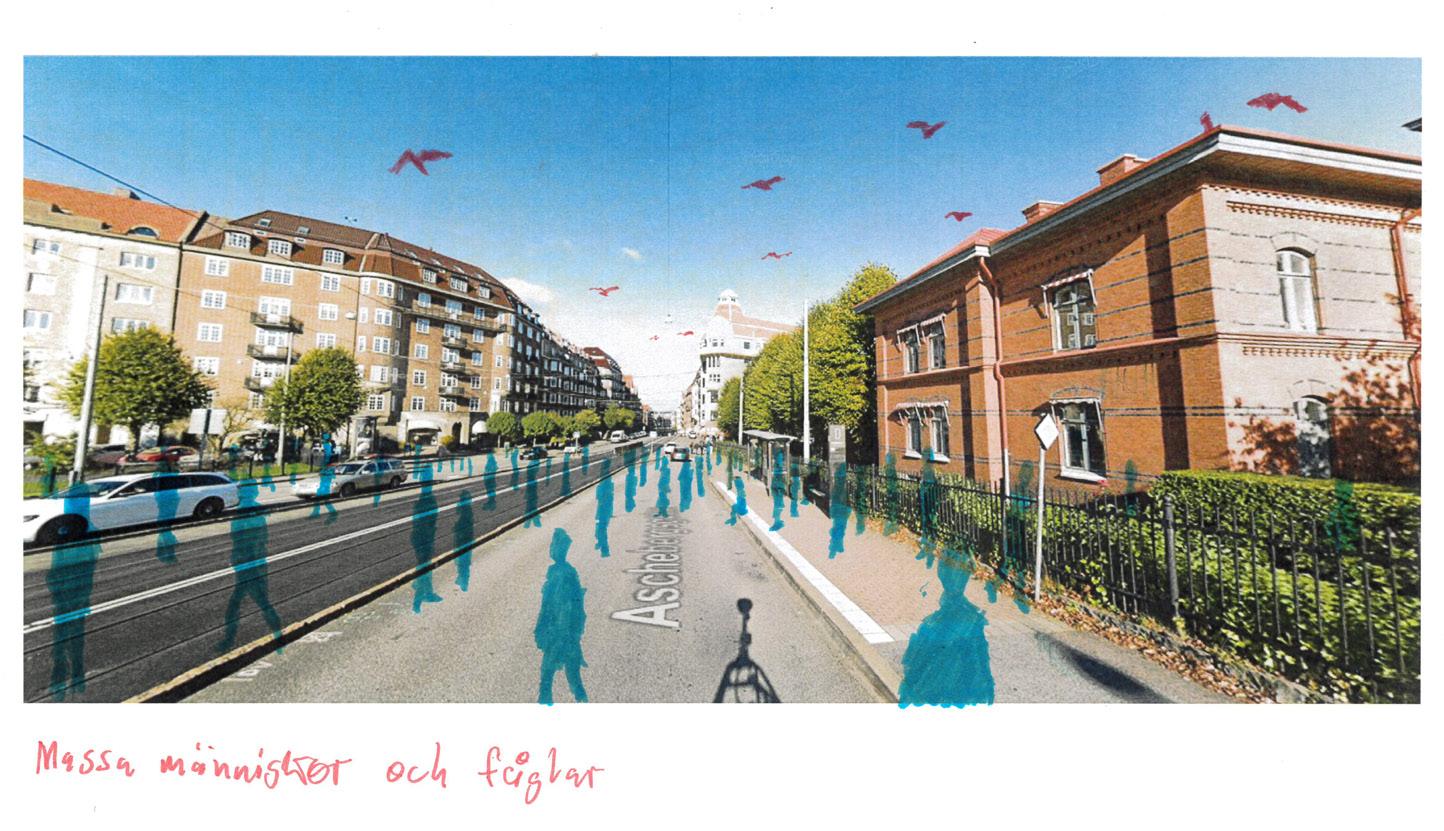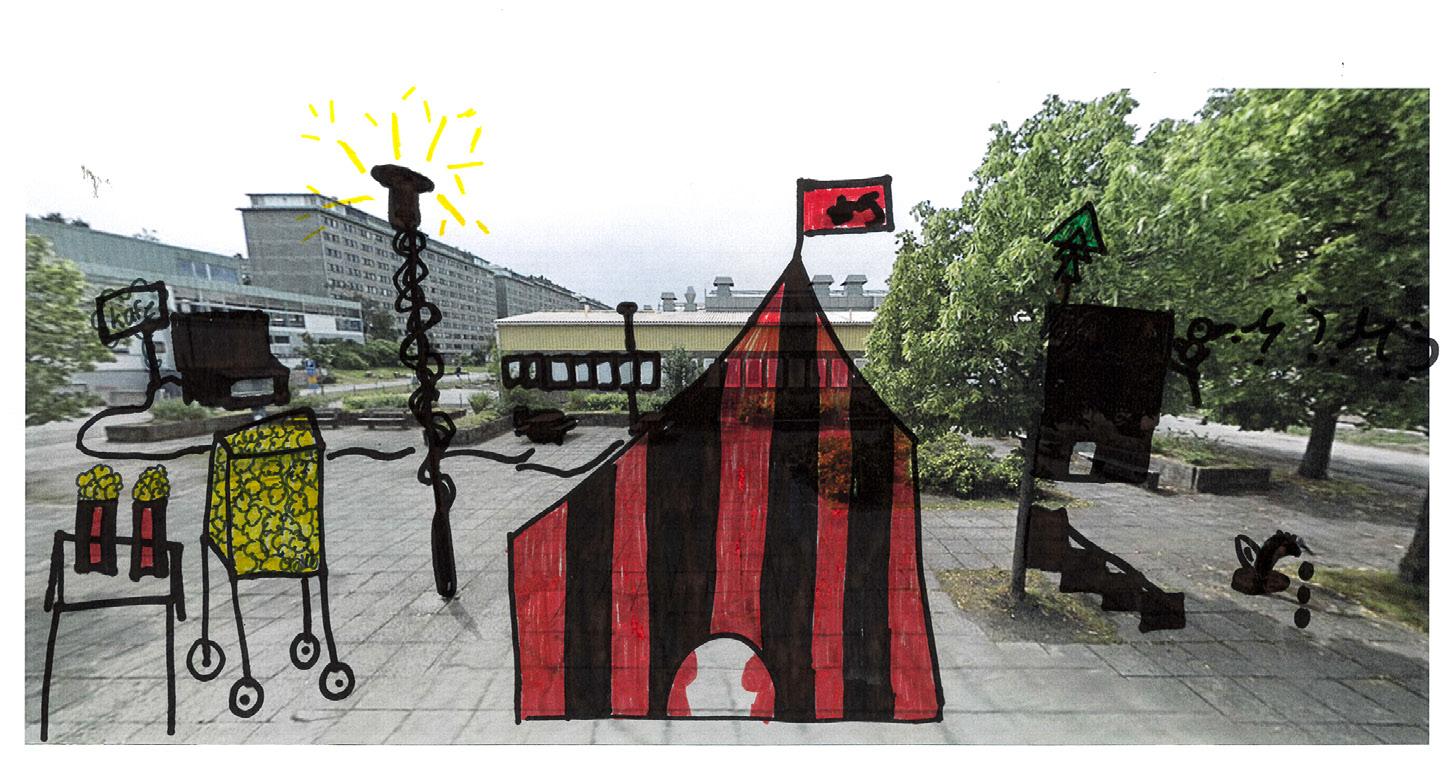
1 minute read
WHAT IS NEXT?
With the end of the exhibition at Floras Rika in July 2021, we will finish the phase 1 of our project to be able to rethink, reevaluate and reflect on the project since it started in January 2021. Through this artistic process, same as all process-based artistic projects, we have faced some challenges and objections around the subject of “the right to the city” as well as the segregation and gentrification here in gothenburg, which we are aiming to include in the discussions and pedagogical events in the next phase.
For us it has been very important to create a space to challenge and question the relationship between inhabitants and the city. Since the beginning, the project was formulated mainly for children and young adults and our goal has been to exercise democracy, responsibility, community participation and social demands. At this point we think we should expand our project beyond the targeted age to not foster another gap between different groups of the society.
Advertisement
We have some questions to think about, before starting the new phase, which we would like to share it with you:
Ethically, how should we work with the violence presented in some of the photo interventions?
In our pedagogical artistic method, what has been different when we worked with children, young adults and adults? How can we reduce the gap that exists between working in an art project with children, young adults and adults?
Since discussion is one of our main methods in this project, how can we articulate and present the process that is happening in the pedagogical events/workshops in the exhibition space?
What happens when we present the photo interventions from segregated areas in a white cube setting in the city center?
Should we mention where each photo intervention is coming from, considering the directed representation of the segregated areas by the media, or should we generalize our participants as “children of Gothenburg”/”inhabitants of Gothenburg”?
Should we only focus on the segregated areas and bring the voice of the marginalised into the city center?
What can we take out from our observations from the pedagogical events? How can we apply some analytical methods?
“I want a circus in Hammarkullen. A candy machine and a toothpaste machine. We will brush our teeth after eating sweets and watching the circus.”






